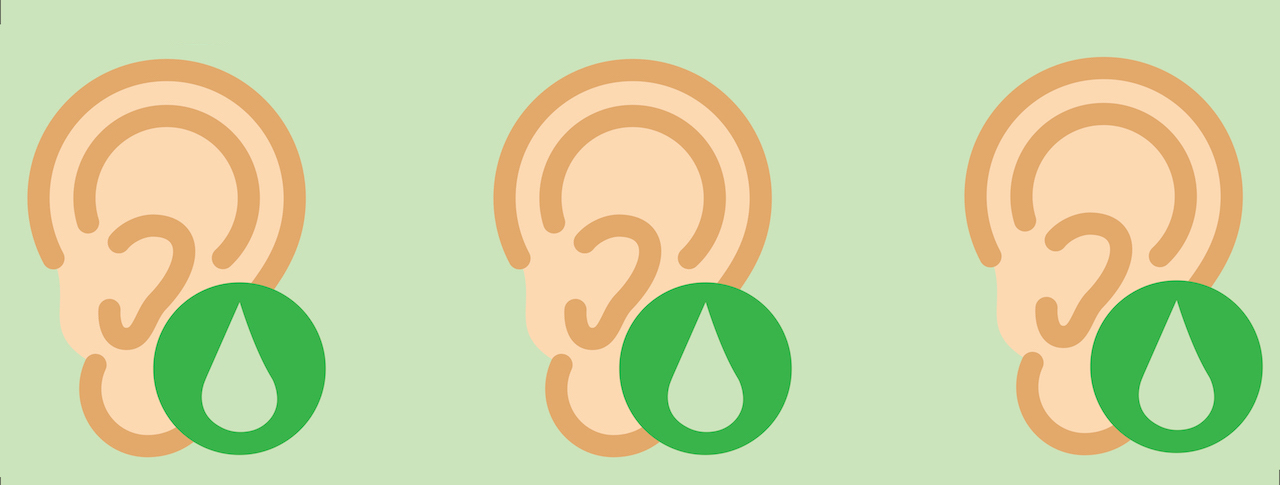Ew… wax!
Earwax is perfectly normal. Also called cerumen, it’s a normal by-product of a health ear. Earwax is created by modified sweat glands deep inside the outer ear canal. Everyone produces earwax, although some people produce more than others – just like some people perspire more than others. Earwax actually serves a purpose; in fact it’s essential for the health of ear as it keeps the tissues of the ear canal lubricated and provides a sort of safety net that protects the ear drum from foreign objects. It is known that the amount of wax you produce is genetically determined.
Too much?
The healthy ear has a self-cleaning system: the tiny hairs that line the ear canal act as a conveyer belt and remove the wax very slowly as it accumulates. When you pull a small amount of wax from the opening of your ear canal, you are removing cerumen that has been moved several millimetres from where it was produced. It’s important to never disturb this self-cleaning system by placing a finger, Q-tip, or other small pointed object into the ear canal. Not only can this cause traumatic injury to the delicate tissues of the ear canal, but it will push the wax deeper and tighter into the ear canal.
Ouch, it hurts
If you’ve pushed wax deep into your ear, you might feel a lot of pain. The outer ear canal is very sensitive.
Even if you don’t have pain, you might notice a sudden loss of hearing, ear fullness or ear noise. All of these symptoms might be an indication that the ear wax is impacted deep in the ear canal. If this is the case see a doctor or an audiologist as soon as possible. A physician, nurse, or audiologist are all qualified to remove ear wax.
How a doctor removes wax
Wax build-up can cause symptoms like itchy ears, dizziness, a sensation of blocked ears and even a diminished sense of hearing. The first thing we reach for is a earbud or pin. Not only does using these implements worsen the problem, but cleaning your ears with pointed objects can damage the canal and the eardrum.
To solve the problem of blocked ears, best would be to visit your doctor for a proper syringing. Prior to your visit, put some wax-softening drops in your ear. Waxol drops work well.
Here’s how you get those nasty wax plugs out of your ears:
- Place some wax softening ear drops in your ear canal for a day or two.
- Get a suction bulb (like the ones used to suck mucus from a baby’s nose) and body-temperature water.
- By softly aiming a gentle stream of water to the top part of the ear canal, you may manage to dislodge and wash some of the wax out.
- Repeat the process a few of times.
- If you don’t have any success, stop! Continuous washing may damage the canal or ear drum.
When should you NOT self-syringe:
- If you have grommets
- If you have or previously had a hole in your tempanic membrane
- If you have ear pain
- If your ear canal is exceptionally narrow
- If you’ve experienced dizzy spells
REFERENCES:

